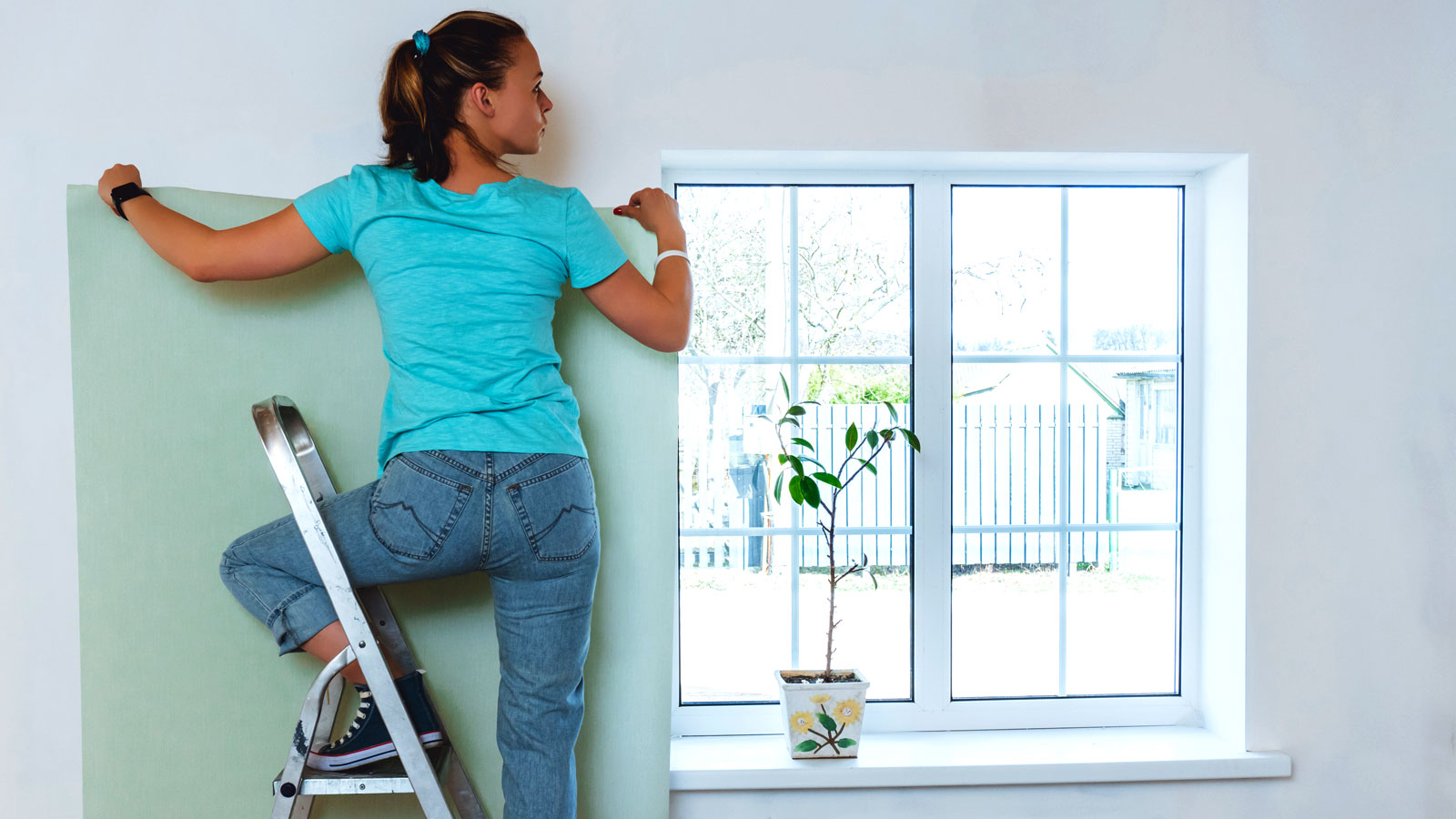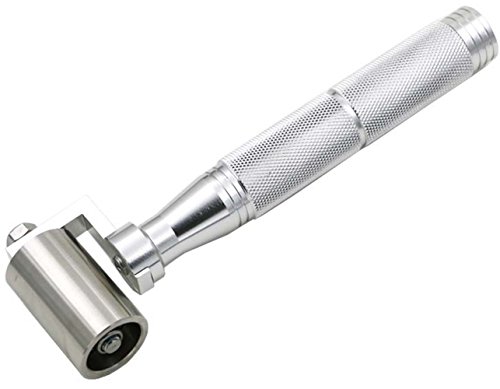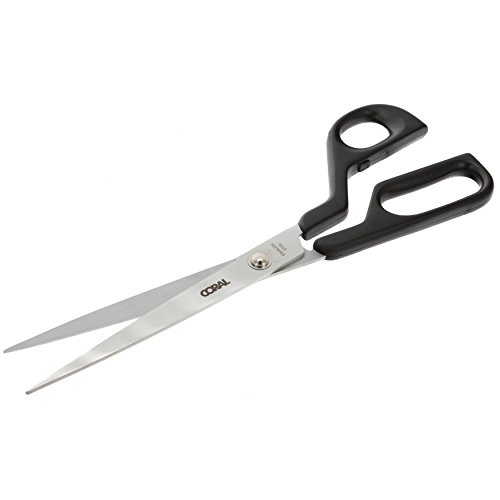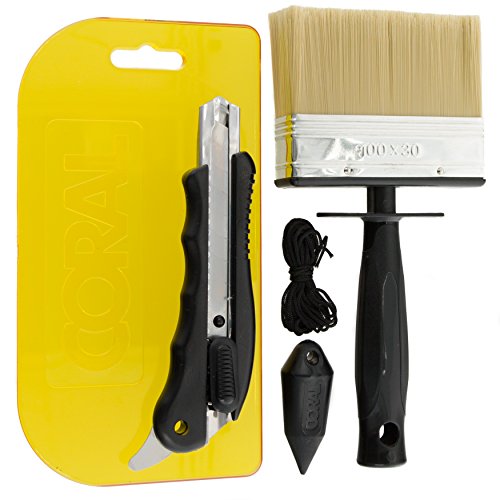Learn how to wallpaper around a window with this DIY guide
Get expert tips and techniques on how to wallpaper around a window with and without recesses

Wallpapering around a window may seem beyond your basic DIY skills, but with the help of this guide, you’ll be tackling the task confidently. And it's not as difficult as you might think. With the right tools and plenty of patience, you will get a finish to be proud of.
A plain, or textured wallpaper is easier to hang than a patterned wallpaper, but knowing the basics of how to wallpaper will help. If you’re a novice, we recommend you start with lining paper. This helps perfect your technique and provides a stable base for hanging your wallpaper.
Where to start wallpapering around a window
Before you start, you need to remove wallpaper, prep the walls, and prepare your equipment. With the area prepped and your equipment ready, the first step is establishing where you'll hang your first drop.
Start by hanging the first drop of wallpaper near the window. This way, you’ll have a full roll to reference. Take your roll of wallpaper and hold it horizontally, placing the midpoint right at the window edge. Then, simply mark on the wall where the edge of the wallpaper will sit.
Now take the roll, place it next to the point you just marked and work towards the corner marking where each roll will drop. If the corner drop is going to be really narrow, i.e. less than three inches (approx. 7.5cm), adjust so that you have a larger gap in the corner. But ensure you do not have a gap that is too narrow by the window; create a happy compromise.
Once you have established where your first full roll will sit, get a long spirit level or a laser level (like this RockSeed Cross Laser Level from Amazon), and mark with a pencil to get a level vertical line to work with.

Nick’s career at Harris Brushes stretches back more than 35 years. His experience and product understanding informs the evolution of all Harris products, from benchmarking to insight, research and development.
Try these tools to help wallpaper around a window
Wallpaper around a window with no recess
A lot of windows do not have a recess, they often have architrave and are a little simpler to wallpaper around than a window with a recess.
1. Drop wallpaper and mark
Line up your dry wallpaper next to the mark – or drop of pasted wallpaper – next to the window (as explained above). Mark where the top and side of the window are on the paper, add a couple of inches and cut. Alternatively, use a very sharp knife – a modelling knife is a good choice.
You should now have a roll of paper that goes from top to bottom with a cut out where the edges just overlap the window architrave when hung. This makes it much easier to put up a roll of pasted paper. It’s not as heavy and you get less paste stuck on the window frame, so less time cleaning up.
Bring your dream home to life with expert advice, how to guides and design inspiration. Sign up for our newsletter and get two free tickets to a Homebuilding & Renovating Show near you.
2. Paste and hang
Now paste the paper and hang as you would a normal drop. Butt up against the seam of the starter drop and smooth down from the top to the bottom with a wallpaper brush (like this Wooden 11" Wallpaper Hanging Brush from B&Q). Now use the brush to tap in the edges tight around the window.
Start at the top and mark with a pencil if you are going to emulsion (in the case of lining paper). If not, use the back of a pair of wallpaper scissors to mark the cut line. Now use the scissors to cut. Create a small 45 degree cut at the corner and dab in with the brush.
Now use the same technique to do the vertical edge and window sill. Do the vertical edge first and as you get towards the window sill create a small 45 degree cut at where the vertical edge and window sill meet. Dab in with the brush for a close fit. Now mark where the window sill end is and cut. Finish by marking under the sill – with pencil or scissors and cut.
3. Finish up
Now go back over the whole drop with the wallpaper brush and smooth out and check that the seams are still in place. If not, adjust by gently pushing into position. Dab any edges down for a clean finish.
Finally get a bowl of water and a damp clean cloth and wipe off any excess wallpaper paste from the edges and window frame. Repeat if necessary and wipe dry with a clean dry cloth.
4. Add more drops
With the first cut drop in place, measure up the next drop. This should be short as it goes from ceiling to top of window. Butt up to the seam, dab top and bottom with the wallpaper brush and mark your cut with a pencil or scissors.
Pull the wallpaper very slightly off the wall and cut. Now dab into position and repeat until you get to the other window edge. Use the same method as the opposite window edge to finish wallpapering around the window.
Don't forget once you have finished the job you will need to make sure that you dispose of your wallpaper paste properly.
Wallpaper around a window with a recess
If you have a window recess that needs wallpapering there's a little more work involved and a slightly different method to a window with no recess.
1. Mark and cut
This method ensures a full-width drop rather than cutting in line with the recess. Nick Parsons, Technical Manager at Harris, says, "Start by hanging your wallpaper as normal until you reach the window recess. Measure and cut your next strip so it slightly overlaps the top edge of the window." He adds, "Smooth the wallpaper into place with a paper hanging brush (like this Harris Seriously Good Wallpaper Paper Hanging Brush from Amazon), pressing it gently into the recess to reveal its outline."
Don't push too hard as this can rip the wallpaper. Once you see the outline, Parsons says, "Using a sharp utility knife, make a clean horizontal cut where the wallpaper meets the top edge of the window frame. Then make vertical cuts down each side of the recess, allowing the wallpaper to fold neatly into the reveal." He adds, "Be careful to leave a little excess paper – around 2–3 cm – to tuck into the edges for a seamless finish." Finally, use a seam roller to get a flat, clean edge.
2. Wallpaper the recess
Now measure and cut a strip of wallpaper that fits the vertical recess. Make sure to measure from the straight edge of the wallpaper. Leave an extra inch all around for adjustments. Paste the paper and put the straight edge of the wallpaper and line up with the outer edge of the recess.
Parsons offers some smart advice for a good fix: "Apply paste generously around the cut areas using a paste brush (like this Harris Seriously Good Paste Brush from Amazon), ensuring strong adhesion inside the recess and along the edges. Smooth the wallpaper back into place, using the tip of a small brush to press it firmly into corners and around the frame for a tidy, tight bond."
Finally, with everything in place, to finish up, Parsons says, "Wipe away any excess paste with a damp cloth, taking care around window frames and trim."
If using lining paper, wait until it has dried out – leave for 24 hours – before painting. There are plenty of options here, but choosing the best wall paint will ensure that your wallpapering efforts are fully complemented.
FAQ
Should I overlap wallpaper seams?
For most wallpapering projects, there is no reason to overlap the seams. They should be butted together as tightly as possible and if needed smoothed down with a wallpaper seam roller.
However, when wallpapering around a window, you can overlap corners and edges by around 5 mm where necessary. This helps create a neat corner with no gaps and is less likely to be spotted.
Think about hanging lining paper as this will help hide any overlaps/gaps even more.
When hanging wallpaper around a window, you’ll need to make sure that you have the right wallpaper tools. It’s also a good idea to know how to hang patterned wallpaper. And if you are thinking of wallpapering another room, check out our bathroom wallpaper ideas.
Steve Jenkins is a freelance content creator with over two decades of experience working in digital and print and was previously the DIY content editor for Homebuilding & Renovating.
He is a keen DIYer with over 20 years of experience in transforming and renovating the many homes he has lived in. He specialises in painting and decorating, but has a wide range of skills gleaned from working in the building trade for around 10 years and spending time at night school learning how to plaster and plumb.
He has fitted kitchens, tiled bathrooms and kitchens, laid many floors, built partition walls, plastered walls, plumbed in bathrooms, worked on loft conversions and much more. And when he's not sure how to tackle a DIY project he has a wide network of friends – including plumbers, gas engineers, tilers, carpenters, painters and decorators, electricians and builders – in the trade to call upon.




